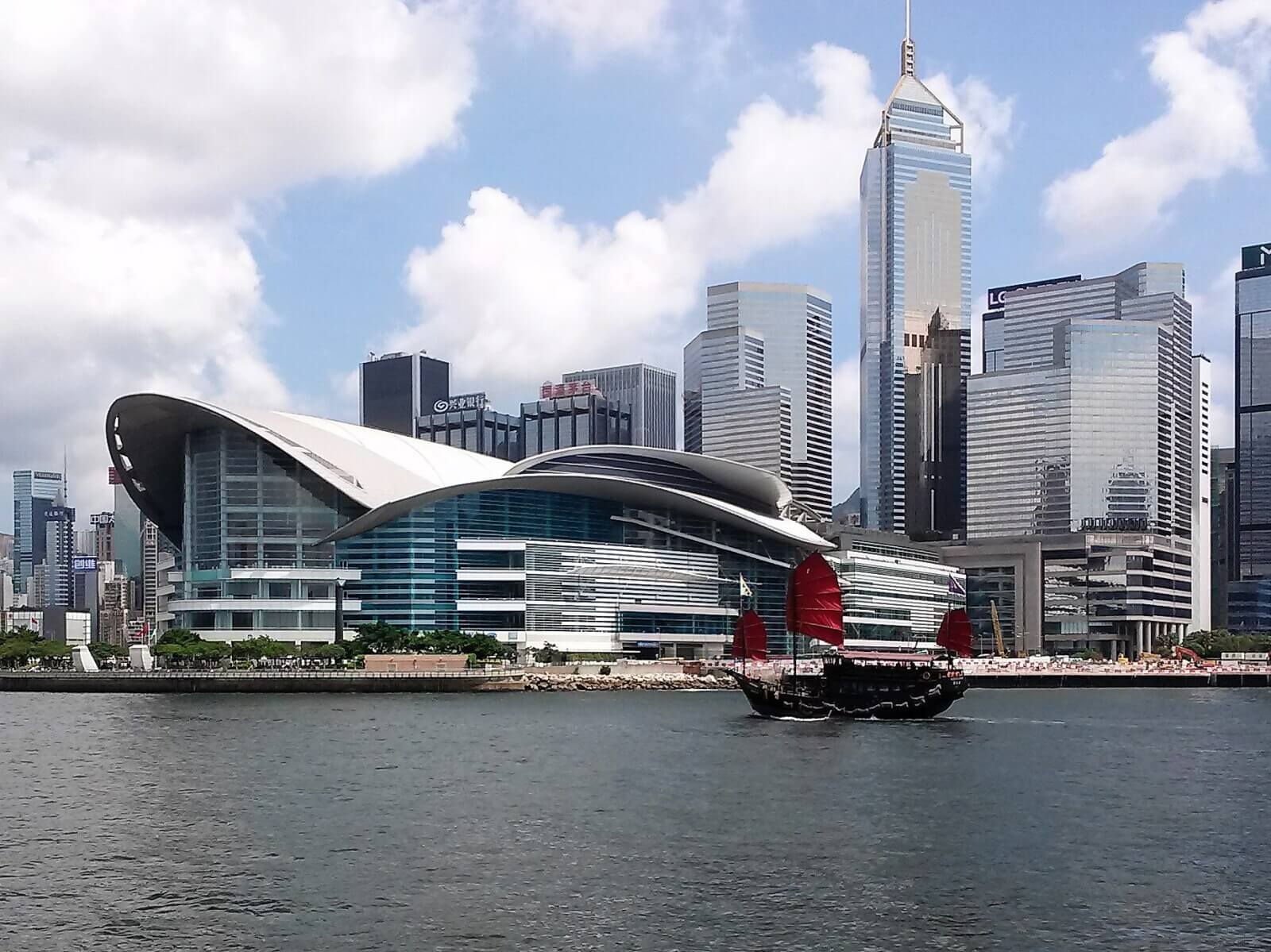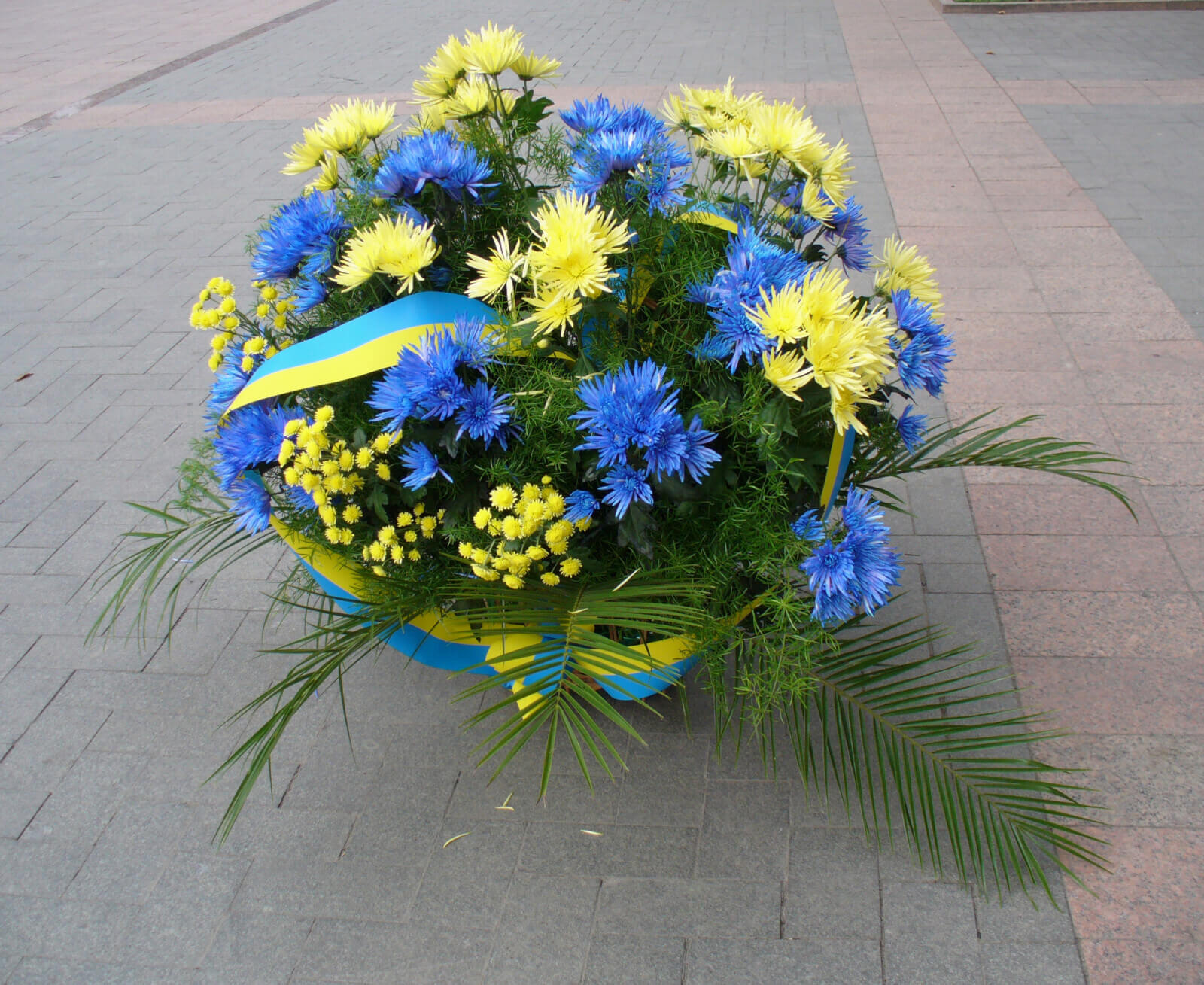“Corporate planners know that the definition of luxury has undergone a seismic shift. It’s no longer about extravagance; it’s about delivering meaningful experiences, experiential travel, exclusivity and enrichment, all wrapped up in a nice big bow – value.”
Incentives planners across Asia-Pacific will concur with the above words, which are being used to promote Silverseas Cruises’ rollout of a perk-laden corporate and incentive group programme. “Successful businesses know that one of the best ways to reward (and retain) their top performers is to offer them a luxury, ‘red carpet’ experience,” says Silverseas. The core to this approach of enriching personnel benefits is “experiential travel” – increasingly referred to as “the new luxury”.
One key question underpins the way clients and travel providers currently view incentive travel: “What would excite you more – the chance to earn a cash bonus, or the opportunity to travel with your peers and spend time in a dream destination, discover different cultures, and share new adventures?”
The overriding objective of an incentives trip is to transcend the appeal of cold hard cash – by motivating people through experiential rewards and unforgettable moments, rather than a bank account bonus. Taking people out of their comfort zone, beyond their city limits and away from their normal routine aims to show a greater sense of commitment to individuals and their career paths than a simple reward by electronic cash transfer. In this way, team members are encouraged to feel that loyalty to their company isn’t simply quantified in financial terms.
Incentive programmes are “an excellent means of influencing individuals, teams and departments to align with the corporate mission and marketplace demands,” according to the Institute for the Study of Business Markets. The motivational benefits of an incentives programme should extend beyond the trip itself, however.

No mere junket
“When it comes to motivational travel strategy, there is a simple yet important factor to consider – the participant’s choice for engagement. Participants not only make a conscious choice during the launch of an incentive travel programme, but throughout the entire experience: before, during and after,” states a report commissioned in the US by the Site International Foundation and the Incentive Travel Council of the International Marketing Association. The study surveyed more than 1,000 incentives participants.
Incentive travel, the report adds, “can significantly yield targeted values and benefits for which there are simply no substitutes or alternatives”. The pivotal factor is meaningfulness. No matter how motivating an incentive programme might be, if the underpinning strategy is not clearly communicated, seen as fair or attainable, or provides ongoing feedback to participants, the business value is at significant risk.
“These areas need to be carefully considered and aligned with each unique audience,” the report states. “The meaningfulness of a programme is equally as important as the motivational elements… Audiences for motivation programmes have significantly changed over the years, and so have incentive travel participants. A one-size-fits-all approach simply is not realistic in today’s diverse and ever-changing market.”
Incentives in Emerging Markets
Incentive travel is a buzz phrase among newly aspirational sales and corporate executives, especially in the competitive emerging markets of Asia-Pacific. As a result, national and regional tourism boards are marketing hard to promote their incentives attractions and experiences. Among recent movers was the Taiwan Tourism Bureau, which launched a subsidy policy to encourage overseas incentive groups. It will offer grants and add-on services such as cultural performances, planning assistance and souvenirs, for events held in Taiwan during 2012-2013.
In the words of Conrad Hilton, any incentives trip in Asia-Pacific should adhere to the premise of “location, location, location” – because young professionals want to be rewarded for their performance by taking a trip to somewhere that they, and equally importantly their friends, haven’t been.
“The destination overall has to be the key contributor,” says Sonja Soderbom, manager of client relationships for Australia-based arinex, an events company whose name stands for “architects of inspiring experiences”. “Incentives guests have to know that they are going to experience something unique, a ‘money-can’t-buy’ experience that doesn’t necessarily have to be expensive. This way, they will try even harder to achieve their targets,” she adds. Dream locations alter the mindset and sense of purpose for incentives team members, transporting them towards luxury and away from the urban cash grind.
“Most companies spend their daily routines in offices, meetings and the hectic corporate world in a busy downtown city, so they look forward to getting away and rewarding their employees with some outdoor adventure,” says Cam McLean, director of Taiwan-based In Motion Asia.
“This incorporates a feel-good benefit, a benefit of doing something different to the normal team-building activities they may be used to. For some people, an outdoor activity such as abseiling 20 metres off a bridge is a lifetime experience, and a real moment of excitement,” McLean adds.
Exotic beach destinations are also alluring. “Clients based in China are now more willing to organise incentive trips overseas,” says Emmeline Yuen, managing director of Shanghai-based Pivot Marketing. “We have managed such trips to Bintan, Phuket and Bali. Most of these are in high-end luxury beach resorts. Within China, incentives trips tend to be in exotic locations like the Dunhuang desert, Shangri-la [Yunnan] and Inner Mongolia.”
Centre for Future Incentives
As the world struggles to emerge from the after effects of the 2008 financial crisis, the global incentives industry is increasingly fragmented. Analysts agree that Asia will play a central role in its future development and direction. Constrained economic circumstances in Europe and North America, and increasingly competitive employment markets in Asia are important factors. Companies seeking sustainable growth in the region are fully aware of how easily key staff can be poached, and that the focus of an incentives strategy needs to extend beyond remuneration and cash bonuses.
Australia, whose 2011 National Long Term Tourism Strategy stated the intention to “position [the tourism] industry for growth to take advantage of the opportunities that this Asian century presents”, is consolidating its appeal as an incentives getaway for Asian travellers. Australia earned A$9.2 billion (US$9.7 billion) from business events and incentives tourism in 2011, and is targeting A$16 billion (US$16.8 billion) annually by 2020. Key growth markets in 2010-11 were China (up 28 per cent), Japan (25 per cent), Singapore (24 per cent), India (28 per cent), Malaysia (37 per cent), Indonesia (14 per cent), Korea (14 per cent) and Thailand (11 per cent). “Asia is hot for incentive groups to Australia at the moment, and group sizes coming from Asia are regularly larger than any other markets,” says Soderbom. “Europe is still feeling the crunch with economies suffering and high unemployment, and the US dollar is causing issues. European and US group sizes generally sit around 50 to 200 persons,” she adds. “However, the Asian market averages around 200 to 500 persons per group, but it is common to have several groups consisting of 1,000 or more attendees each year.”
Outbound incentive growth from Australia is also evident. “It’s becoming more positive because of the strength of the Australian dollar,” says Soderbom. “Companies can afford more, and are considering exotic and unique destinations which are farther away.”
Experiential Differentiation
Other shifts beyond group size expansion are also occurring. Clients are increasingly seeking not just greater value from incentives programmes, but exciting new ways to boost the experiential elements of a trip. Demand for once-in-a-lifetime activities is closely aligned to a changing perception among young professionals in Asia regarding career ambitions and personal marketability. While cash bonuses deliver the ability to purchase new experiences, tangible rewards can be specifically tailored to enhance the perception of self-value and status in the workplace – and create the all-important satisfaction of having earned a memorable travel trip.
Incentives travel means that off-radar travel experiences are now moving into the main frame – from hot-air ballooning over the ancient ruins of Bagan in Myanmar to whitewater rafting in southern Laos or drifting through the bucolic Xixi Wetlands on a wooden junk in Hangzhou in China.
Cruising is also predicted to increase in popularity for Asian incentives to rival its high-profile status in the US. “We are finding that cruising is becoming very popular, as it is fully inclusive with food and entertainment on board, and attendees are provided with allocations for beverages and touring,” says Soderbom.
Differentiation is the new watchword for incentives clients. “Standardised F&B packages and traditional activities don’t seem to be in demand to the same extent anymore. Rather than a three-course meal, corporate clients are asking for added value, such as knowledge-sharing by the chef or hands-on cooking classes,” says Louise Westerlind, managing director of Live it (Hong Kong) Ltd.
“Instead of wine tasting, clients are seeking a wine discovery with the wine maker, in-depth wine classes or a wine casino experience.”
Live it provides corporate gifting solutions for incentives and promotions, as well as reward and recognition programmes, plus more than 200 select experiences – such as helicopter rides, sailing trips and cookery classes and dinners suitable for incentives trips. The company also offers a range of experiences in China, Macau, Malaysia, Singapore, South Africa and Sweden.
“Gift experiences are relatively new to Asia, but in times when companies are measuring the effectiveness of their dollar spend, more clients are asking for unique gift experiences, as well as activities,” Westerlind says. “Point-based loyalty systems are less common here than in the West, however this also seems to be on its way to change.”
Live it’s experiences in Hong Kong show that corporate clients are interested in various combinations of events and gifts. “Lucky Draws are a good example – they are very common during incentives trips in Asia, while not so much in the West,” says Westerlind. “In Asia, nutrition for the brain is also a core aspect for incentives. Anything educational is very important, especially in Hong Kong and China.”

The Benefit of Incentives
According to a 2011 survey of 1,003 incentives participants by Site International Foundation and the Incentive Travel Council:
- 70.7 per cent valued the opportunity to experience something unique they couldn’t do on their own.
- 86.3 per cent stated earning motivational travel made them feel recognised by both the company and their peers.
- 72 per cent felt incentive travel enabled them to build relationships with peers away from work.
- 60.2 per cent agreed that interacting with higher level executives on incentive trips offered motivational value.
- 74.5 per cent said that having more leisure or unscheduled time would make the programme more motivating.
5 top tips
1 A team-building activity early in the programme serves as an icebreaker, motivating attendees to get to know each other.
2 Balancing activities and downtime is crucial; incentives guests shouldn’t feel the schedule is too demanding.
3 Build in plentiful “dream destination photo opportunities” – clients enjoy showing friends, family and colleagues back home.
4 Similarly “destination-centric” merchandise, gifts and takeaways are well received.
5 Don’t neglect shopping options – this is a very popular leisure activity for Asian incentives.
Cash vs Non-Cash Rewards
A 2011 survey of 2,000 managers of incentive programmes by the US-based Incentive Research Foundation (IRF) revealed that 36 per cent stated they used travel as a motivational reward instrument, particularly with sales employees. Follow-up questions revealed that approximately 70 per cent of this travel was group based. “As one might expect from a classic incentive programme, respondents overwhelmingly cited sales personnel as their most frequent targets,” says the report.
A companion IRF white paper, “The Use of Tangible Incentives”, says recent studies show that in an economic environment where everyone is watching every dollar closely, non-cash incentives, such as travel, lead to better performance. “Employees think more frequently about tangible awards (defined as those that carry monetary value, but are non-cash in nature, like travel and merchandise), even when they are an equal value to cash – and the increased interest leads to higher performance,” says the report. It adds that several recent case studies reinforce the impact merchandise and travel awards have on increasing everyday business results – like sales volume and reduced absenteeism.
“There is an increased rationale for the role the incentive industry plays and the impact travel and merchandise awards offer as a cost-effective enhancement to normal compensation,” says the IRF. “For programme planners looking to make a bigger impact, non-cash awards make better business sense. Travel trumps all.”


